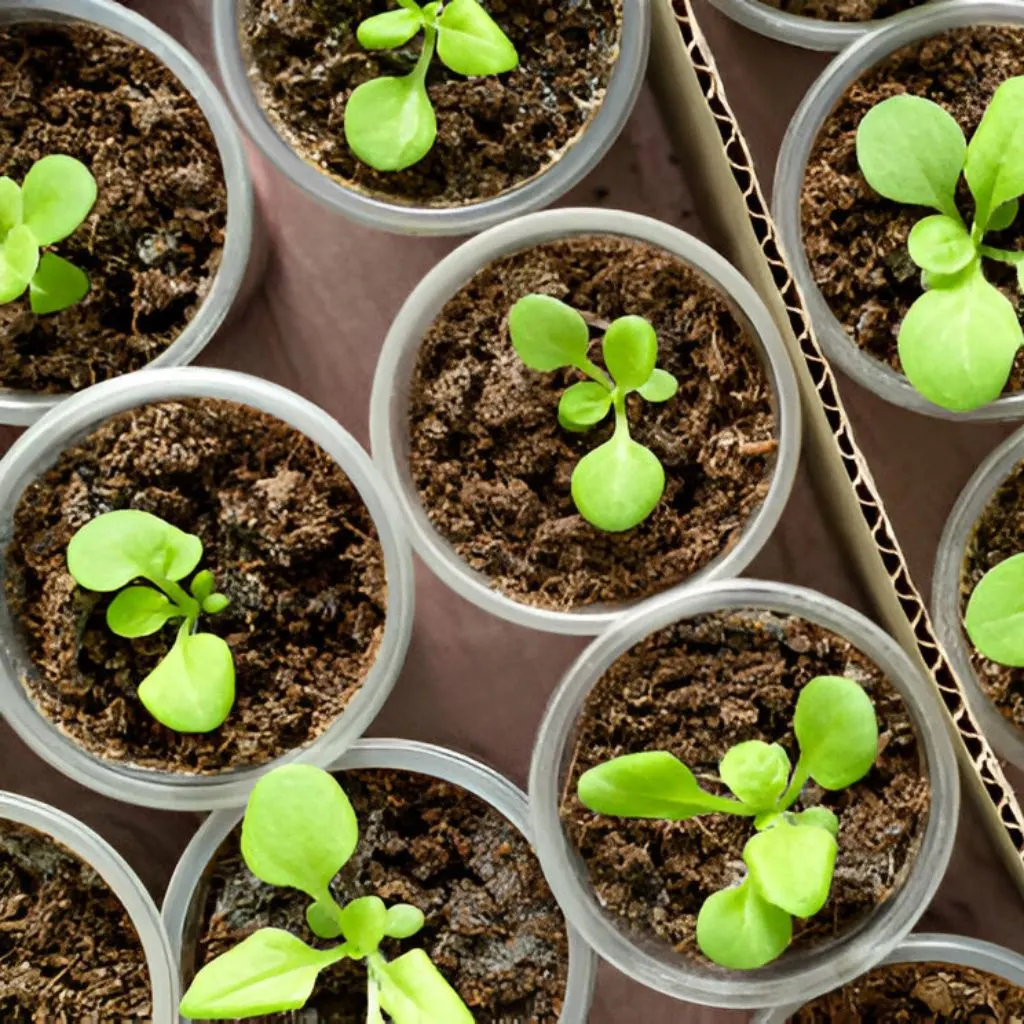What’s in the Box
- Cornflower Flower Seeds
- Sowing instructions printed on backside of Seed Packet
- Recyclable Pouch
Introduction
Bring timeless charm to your garden with our premium Cornflower Flower Seeds! Known for their striking blue petals and delicate, daisy-like form, cornflowers (Centaurea cyanus) add a splash of classic beauty to flower beds, borders, and wildflower meadows. These hardy, easy-to-grow annuals thrive in a wide range of soils, making them a perfect choice for both beginner and seasoned gardeners.
Whether you’re looking to create a rustic wildflower patch, attract pollinators, or simply enjoy their long-lasting cut flowers indoors, cornflowers are a garden essential. Their vibrant blooms not only delight the eye but also draw in bees, butterflies, and other beneficial insects.
Transform your outdoor space into a colorful sanctuary with our Cornflower Flower Seeds – simple to grow, full of charm, and loved by pollinators. Order today and let your garden blossom with the classic beauty of cornflowers!
Guide to the Germination Process, Soil & Fertilizer, Watering & Pest Control Requirements for Cornflower Flower Seeds

Seeds Germination Process
Seed Preparation: Cornflower seeds generally do not require pre-treatment. For quicker germination, you may soak them in water for 2–4 hours before planting.
Planting Medium: Choose a well-drained, sandy or loamy soil mix. Cornflowers prefer soil that isn’t overly rich in nutrients.
Planting: Sow seeds directly into garden beds or containers. Scatter them lightly on the soil surface, then cover with a thin layer of soil (about ¼ inch). Gently firm the soil to ensure good seed-to-soil contact.
Containers: If using pots or seed trays, make sure they have good drainage holes. Cornflowers transplant well but often grow best when directly sown outdoors.
Watering: Keep the soil evenly moist until germination, avoiding waterlogging. Use a fine mist spray to prevent washing the seeds away.
Temperature: Optimal germination occurs between 15–20°C (59–68°F). Cornflowers are cool-season annuals and can tolerate light frosts.
Light: They need full sun exposure for best germination and healthy growth.
Germination Time: Seeds typically sprout within 7–14 days under favorable conditions.
Soil & Fertilizer Requirement
Soil Type: Cornflowers prefer light, well-drained soils. Avoid overly fertile soils, as they may encourage excess foliage growth instead of flowers.
Loosening Soil: Prepare the bed by loosening soil to a depth of 8–10 inches (20–25 cm). Mix in a small amount of compost for improved structure but avoid heavy enrichment.
Fertilizer: Cornflowers do not require heavy feeding. Use a balanced fertilizer such as NPK 10:10:10 only if soil is very poor.
Organic Options: Compost or well-rotted manure can be lightly mixed into the soil before planting.
Application: Fertilize lightly once at the beginning of the growing season. Over-fertilization should be avoided to prevent weak, leggy plants.


Watering Requirement
Frequency: Water seedlings regularly to keep soil evenly moist until established. Once mature, cornflowers are drought-tolerant and require only occasional watering.
Technique: Water deeply at the base of the plants, allowing the topsoil to dry slightly between watering. Avoid wetting the foliage to reduce fungal risk.
Soil Moisture: Cornflowers prefer moderately dry conditions once established. Overwatering can cause root problems.
Adjustments: Increase watering during prolonged dry or hot periods, but reduce if rainfall is sufficient.
Containers: If grown in pots, water more frequently as containers dry out faster than garden beds.
Pest Control Requirement
Aphids: These small pests may cluster on new growth. Use neem oil, insecticidal soap, or introduce ladybugs to control them.
Powdery Mildew: Appears as a white powdery coating on leaves, often in humid conditions. Improve air circulation, avoid overhead watering, and treat with fungicide if necessary.
Slugs & Snails: These pests may nibble young seedlings. Protect plants with barriers, traps, or organic slug pellets.
Root Rot: Caused by waterlogged soil. Prevent by ensuring good drainage and avoiding excess watering.
Regular Checks: Inspect plants weekly for signs of pests or disease. Early intervention helps maintain healthy, vibrant blooms.










Reviews
There are no reviews yet